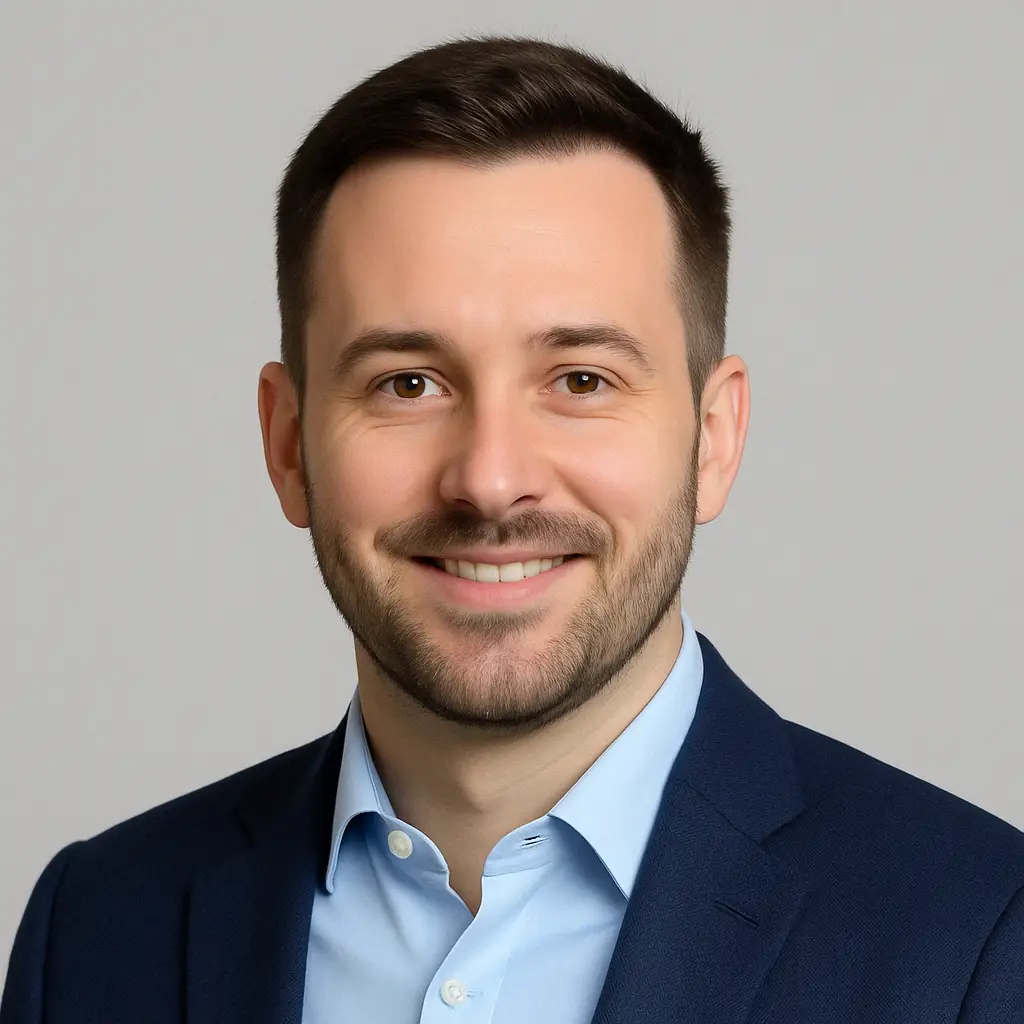Learning how to create a legally binding will is one of the most important steps you can take to protect your family and make sure your final wishes are followed.
This step-by-step guide explains how to create a legally binding will, what makes it enforceable in your state, and how to avoid common mistakes that can cause confusion or legal battles later.
What Is a Legally Binding Will?
A legally binding will is a written document that clearly states how your assets should be distributed after you die. To be enforceable, it must meet specific legal requirements based on your state’s laws. If your will doesn’t meet these requirements, a court may reject it during probate.
The good news? Most states allow you to create a valid will without hiring a lawyer — as long as you follow the proper steps.
Step 1: List All Your Assets
Start by making a complete inventory of everything you own. This includes:
- Real estate and land
- Bank accounts
- Investment accounts
- Vehicles
- Jewelry, art, or collectibles
- Digital assets (like online businesses or crypto)
- Life insurance policies
Knowing what you have helps you decide who should receive what and ensures nothing important is left out.
Step 2: Choose Your Beneficiaries
Beneficiaries are the people or organizations who will receive your assets. You can name:
- Family members
- Friends
- Charities
- Your estate (for debt payment and final distribution)
Be specific. Include full names, and avoid vague terms like “my niece” or “my friend.” Clear beneficiary designations reduce the chance of disputes.
Step 3: Appoint an Executor
Your executor is the person who will carry out the instructions in your will. They’ll manage your estate, pay debts and taxes, and distribute property.
Choose someone trustworthy, organized, and preferably younger than you. It’s also smart to name a backup executor in case your first choice can’t serve.
Step 4: Name Guardians for Minor Children
If you have children under 18, you should name a guardian in your will. This person will care for your kids if you and the other parent die.
Without a named guardian, a court will decide who takes custody — and it might not be the person you would choose.
Step 5: Write the Will
You can write your will in several ways:
- Handwrite it (legal in some states)
- Use a will template
- Use online legal tools (like LegalZoom or Nolo)
- Work with an estate planning attorney
Be sure to include:
- A clear title (“Last Will and Testament of [Your Full Name]”)
- Your full legal name and address
- A declaration that this is your will and revokes any previous wills
- Instructions for asset distribution
- Executor and guardian appointments
- Your signature and the date
Step 6: Sign Your Will Properly
Every state requires you to sign your will, and most require at least two witnesses to be present during signing. Witnesses must be adults and cannot be people named as beneficiaries.
Some states also allow (or encourage) self-proving affidavits, which make probate faster and easier.
Step 7: Store Your Will Safely
Keep the original will in a safe, fireproof place — such as:
- A home safe
- A safe deposit box
- With your attorney or estate planner
Tell your executor and a close family member where to find it. Make sure they can access it without a court order if needed.
Optional: Register Your Will
A few states allow (or require) you to register your will with a court or official state registry. This step is not required everywhere, but it adds a layer of security and ensures your will is on record when it’s needed.
Check your state’s probate court or bar association for registration rules.
Common Mistakes to Avoid
- Not signing your will properly
- Using unclear or vague language
- Failing to update your will after life changes
- Forgetting to name a backup executor or guardian
- Storing your will somewhere no one can access it
A small mistake can cause big problems during probate, so take your time and follow your state’s rules carefully.
Final Thoughts on How to Create a Legally Binding Will
Learning how to create a legally binding will puts you in control of what happens to your assets, your children, and your legacy. Whether you choose to write one yourself or hire a lawyer, having a valid will in place is a gift to your loved ones — one that saves time, stress, and confusion when they need clarity most.
You don’t need to be wealthy to write a will. You just need a plan — and the willingness to put it in writing.
🧠 You May Wanna Check Out
- What Happens If You Die Without a Will?
- How to Choose an Executor for Your Will
- When and Why You Should Update Your Will
Frequently Asked Questions
Do I need a lawyer to create a legally binding will?
Not always. Many people use templates or online tools, as long as they follow state requirements for signatures and witnesses.
Can I write my will by hand?
Some states allow handwritten wills, known as holographic wills. These must usually be signed and dated, and may still need to meet witness requirements.
How often should I update my will?
Any time you experience a major life change — like marriage, divorce, childbirth, or acquiring significant assets — you should review and possibly update your will.





